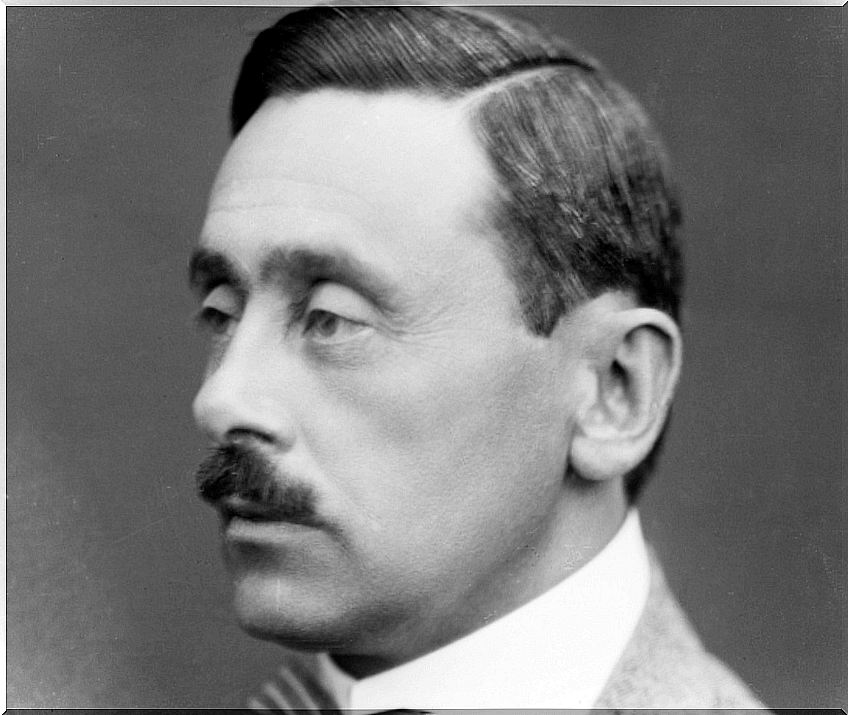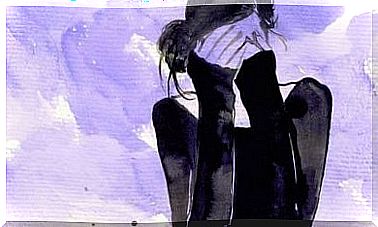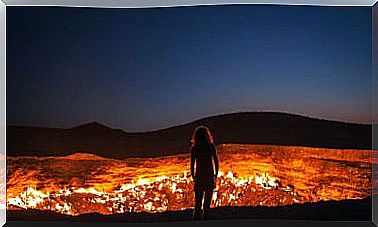The Sleep Epidemic In The 1920s

The sleep epidemic was a historical event that took place between 1917 and 1927. However, despite having passed so long, we are still not able to answer all the questions that the phenomenon inspired. Some have even called it “the greatest medical mystery of all time. ” We are talking about a fact that, on the other hand, coincided with the birth of modern neurology.
In total, some five million people were affected by this sleep epidemic. In reality, it was not a dream that afflicted them, but a serious illness called encephalitis lethargica. Although some of those affected mainly had insomnia problems, the opposite happened to most of them: they went into a deep sleep. Hence the name given to the epidemic.
The first to speak of this disease was the famous neurologist Constantin Von Economo , more than a hundred years ago. He could not help but describe his symptoms, as even today the causes are unknown. The strangest thing is that it has become an epidemic, with signs of a pandemic. Let’s see how the story was.

Characteristics of the disease
Encephalitis lethargica is a disease that affects the brain. It consists of the inflammation of the gray matter, a fundamental component of the central nervous system. There are different subtypes and each of them causes different symptoms. The most common are those presented by the protagonists of the sleep epidemic at the beginning of the 20th century.
The most typical form of the disease is ophthalmoplegic-somnolence. In this, people initially feel a general malaise, similar to that of a cold. Then they feel very sleepy and begin to sleep continuously. At first, they wake up if someone calls them. In one or two weeks the person falls into a coma and dies or remains unconscious indefinitely.
Another modality is akinetic-amiostatic, which is characterized by continuous tremors in the body. For this reason, it is very reminiscent of Parkinson’s disease and that is why it was also called “post-encephalic parkinsonism”. Unlike typical Parkinson’s, it could start at any age. He also had a subtype in which the patient was catatonic and could move the next day.
The sleep epidemic
The immediate antecedent of the sleep epidemic was another epidemic, of the disease known as “Spanish flu. ” Around the same time, the first cases of encephalitis lethargica began to appear. Apparently the first case took place in Austria.
It would begin to spread throughout Europe, reaching Central America and India. The peak of the epidemic occurred in 1923, when more than 200 deaths were recorded from this problem. The funny thing was that, as he arrived, he also left: for no apparent reason.
In the summer of 1969, neurologist Oliver Sacks woke up 20 people who were still sleeping, victims of this disease. From that experience he wrote a book called Awakenings , which was later made into a movie. However, the improvement they achieved was temporary, as they later returned to their previous condition.

The sleep epidemic in Kalachi
In 2010 a similar situation arose in a small town in Kazakhstan called Kalachi. People who went into a deep sleep inexplicably. In 2013, 140 were already affected by this disease. Many of them had initially suffered from hallucinations, bouts of violence, and blackouts.
Some of them simply went into a sudden sleep state. The case of a motorcyclist who fell asleep while driving was reported. No one knew what was happening and they first thought it was a curse. Then they believed that it was a new outbreak of the sleep epidemic that had taken place in the 1920s.
However, upon doing a detailed study of the situation, it was found that this was a different case. What was in Kalachi was a very high concentration of carbon monoxide and hydrocarbons in the air. However, this composition in the air was not stable, but only formed under certain weather conditions. In any case, that was what caused the neurological disturbance.









